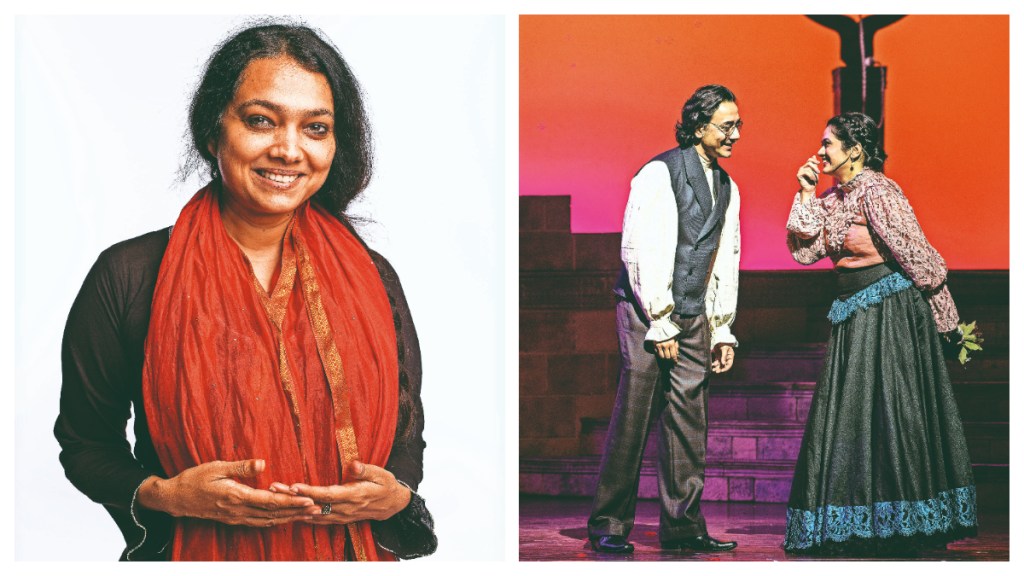Chandni Raatein delves into society’s perceptions of individuals who don’t quite fit the mould and explores how these individuals perceive the world around them. It is a story of self-discovery, resilience, and the transformative power of love. Edited excerpts from an interview with Purva Naresh:
You come up with another musical. Why this penchant for musical productions?
Music is a universal language. I’m a trained musician, and with my grandmother and mother being professional singers, music runs in my veins. No one can tell a love story quite like music can—lyrics, melody, and poetry intertwine seamlessly in the landscape of love.After Chandni Raatein, I believe I have a good sense of music. We’ve created some truly unique compositions, and I thoroughly enjoyed the process.
Your productions are as entertaining as meaningful. A message is conveyed strongly, yet so subtly. How do you achieve this?
Telling a story without purpose or meaning feels incomplete to me. A story should evoke emotion. The essence of art is to transport us—to make us feel, reflect, and experience a shift in perspective while sitting in one place.
Performers channel their energy from the stage, and the audience lets the performers send out emotions and energy their way. By the end of a performance, both the audience and the performers are at different place — emotionally and psychologically. Chandni Raatein is a simple love story, but it also explores how society views people who are slightly different and how those individuals, in turn, see the world around them. It’s about finding the confidence to move forward and understanding the role love plays in that journey.
What keeps theatre and theatre persons going, in this digital era?
In this digital age, we are glued to our screens, but theatre remains a live art form where people come together—reacting in different ways at different moments. The beauty of live performances lies in the collective energy and raw, spontaneous reactions. As a society, we often live in a bubble. Theatre offers a space to break out of that, to feel deeply, and to connect. It’s a powerful tool to cultivate a healthier society.
Aadyam Theatre has done incredible work by providing grants for theatre. It’s a boon for us. Theatre is a niche art form—it tells out-of-the-box stories that delve into character exploration rather than just following plot points. Aadyam has given wings to new directors by offering marketing support and visibility.
How well has a classical, live engagement like theatre survived in multimedia times, and how strongly do you think it can prevail?
Broadway-style productions are coming to India—we have Mughal-e-Azam, for instance. The Indian audience now has more choices, and platforms like Aadyam Theatre are helping cultivate a strong theatre-going culture. It’s a work in progress, but it’s happening. Theatre will always survive. At our core, we seek human connection and validation. As long as people crave emotional experiences, live performances will endure.
Apart from corporate-sponsored platforms like Aadyam and Meta, where does succour lie for theatre?
Unlike OTT platforms or television, theatre isn’t driven purely by commercial success. Stories aren’t created out of fear of failure. The investment is smaller than in films, allowing for more creative freedom. Aadyam Theatre has never dictated the kind of stories we should tell. Their only ask is that we tell our stories fearlessly. Their vision is to attract more audiences to theatre and revive it as a mainstream cultural outing, without compromising its essence.
Theatre is inherently free-spirited, and Aadyam embraces that spirit. They select directors who bring fresh, diverse narratives to the stage, ensuring that theatre remains a space for bold, innovative storytelling.

